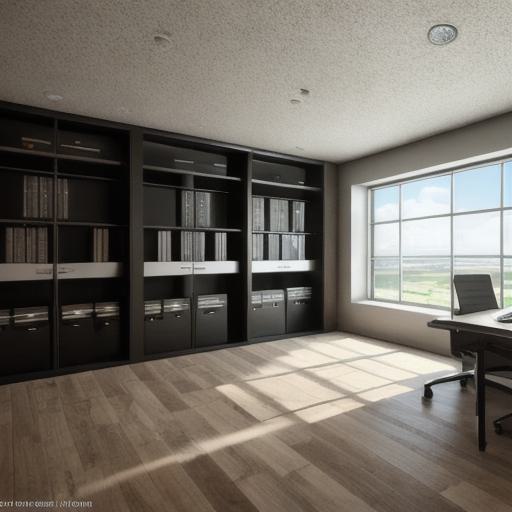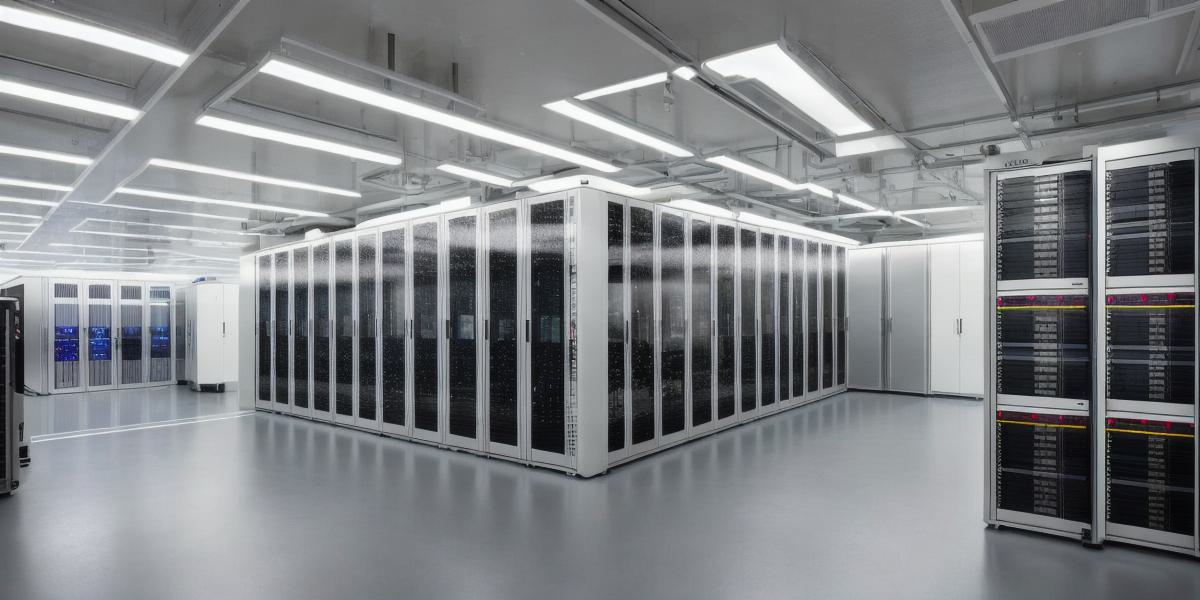Introduction
Both data rooms and clean rooms are specialized environments designed for specific purposes. However, their functions, designs, and applications differ significantly. In this text, we will discuss the key differences between these two types of spaces.

Definition and Function
Data Room: A secured, climate-controlled space where companies store and manage sensitive information such as contracts, financial records, intellectual property, and other confidential data.
Clean Room: A controlled environment designed to protect sensitive products from contamination, typically used in manufacturing industries for producing electronics, pharmaceuticals, and other high-tech goods.
Access and Security

Data Rooms: Access is strictly regulated through various security measures such as biometric scans, smart cards, and security cameras. Only authorized personnel are granted access to the data room.
Clean Rooms: Access is also controlled but typically based on specific job roles and tasks. Personal protective equipment (PPE) is required for entry, and strict adherence to cleanliness protocols is essential.
Design and Environment
Data Rooms: Designed with features such as climate control, humidity regulation, fire suppression systems, and backup power sources to ensure data integrity and security.
Clean Rooms: Designed with features that maintain a specific temperature, humidity, and airflow to prevent contamination of products. These rooms often have HEPA filters and positive pressure to keep out particles.
Usage and Applications
Data Rooms: Used by organizations for data management, compliance, and secure document storage.
Clean Rooms: Used primarily in industries such as electronics manufacturing, pharmaceuticals, and food processing for product production and assembly.
Summary
While both data rooms and clean rooms serve important purposes, they are fundamentally different in design, function, and application. Understanding these differences can help organizations choose the right environment for their specific needs. For instance, a company producing electronic components would require a clean room, while a law firm handling sensitive documents would require a data room.
